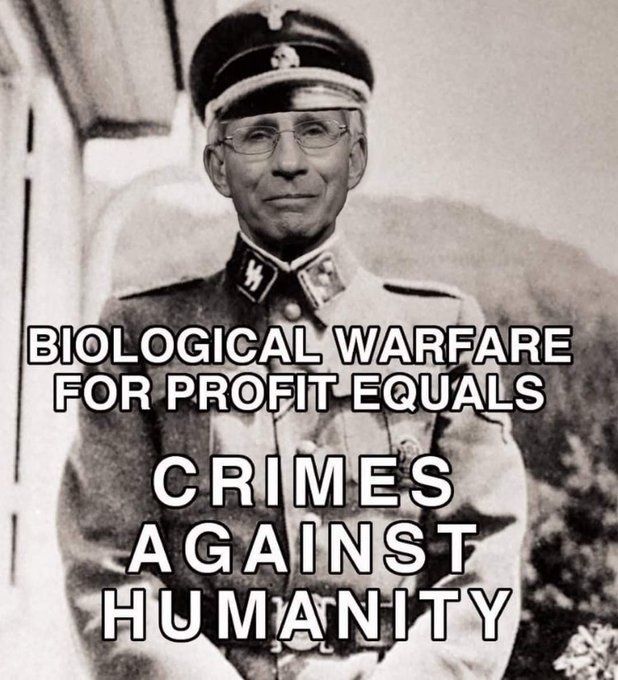Now, we put out a lot of carbon dioxide every year -- over 26 billion tons. For each American, it's about 20 tons. For people in poor countries, it's less than one ton. It's an average of about five tons for everyone on the planet. And somehow, we have to make changes that will bring that down to zero. It's been constantly going up. It's only various economic changes that have even flattened it at all, so we have to go from rapidly rising to falling, and falling all the way to zero.
This equation has four factors, a little bit of multiplication. So you've got a thing on the left, CO2, that you want to get to zero, and that's going to be based on the number of people, the services each person is using on average, the energy, on average, for each service, and the CO2 being put out per unit of energy. So let's look at each one of these, and see how we can get this down to zero. Probably, one of these numbers is going to have to get pretty near to zero.
First, we've got population. The world today has 6.8 billion people. That's headed up to about nine billion. Now, if we do a really great job on new vaccines, health care, reproductive health services, we could lower that by, perhaps, 10 or 15 percent. But there, we see an increase of about 1.3
















![Electronics Soldering Iron Kit, [Upgraded] Soldering Iron 110V 90W LCD Digital Portable Soldering Kit 180-480℃(356-896℉), Welding Tool with ON/OFF Switch, Auto-sleep, Thermostatic Design](https://m.media-amazon.com/images/I/41gRDnlyfJS._SL500_.jpg)

















